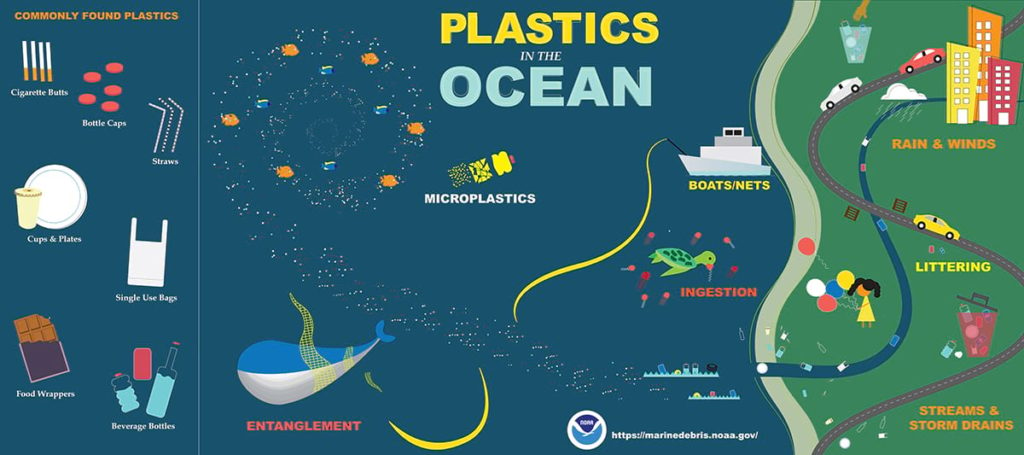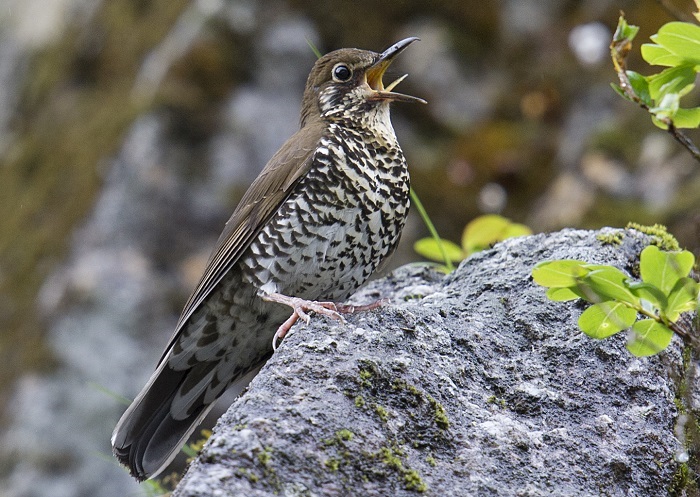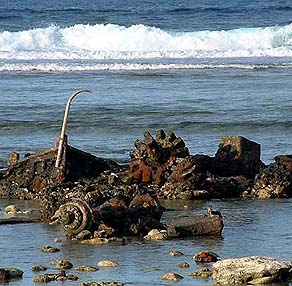If you are fond of eating prawns and sardines, crabs and oysters, chances are, you are eating plenty of plastic along with them. New research from Australia took these popular choices of seafood and found traces of plastic in every sample tested.
The study — by the University of Exeter and the University of Queensland – was done using a new type of method that identifies and measures five different types of plastic simultaneously.
The researchers found plastic levels of,
-0.04 mg per gram of tissue in squid,
-0.07 mg per gram in prawns,
-0.1 mg per gram in oysters,
-0.3 mg per gram in crabs and
-2.9 mg per gram in sardines
Lead author Francisca Ribeiro, a QUEX Institute Ph.D. student says that this means for an average serving of oyster or squid, someone could be eating about 0.7 mg of plastic with it and up to 30mg of plastic when eating sardines.
“For comparison, 30 mg is the average weight of a grain of rice.”
“Our findings show that the amount of plastics present varies greatly among species, and differs between individuals of the same species. From the seafood species tested, sardines had the highest plastic content, which was a surprising result,” noted the researcher.
How was the research done?
The scientists bought raw seafood – five wild blue crabs, ten oysters, ten farmed tiger prawns, ten wild squid and ten wild sardines. They then analysed these for traces of plastics that we commonly use as packaging material, and as synthetic textiles.
The type of plastics included,
-Polystyrene,
-Polyethylene,
-Polyvinyl chloride,
-Polypropylene and
-Poly(methyl methacrylate).
They are commonly found in the marine litter across world oceans. According to oceanconservancy.org every year, 8 million metric tons of plastics enter our ocean on top of the estimated 150 million metric tons that currently circulate our marine environments. This also includes microplastic which is small pieces of plastic less than 5 mm long.

The researchers treated the edible tissues to dissolve the plastic present in the samples. This solution was then tested using a highly sensitive technique called Pyrolysis Gas Chromatography-Mass Spectrometry which can identify the different kinds of plastic in the sample at the same time.
All food samples had Polyvinyl chloride, while the plastic found in the highest concentrations was polyethylene.
The plastic that we use every day as bottled water, polyethylene bags, and containers, do not decompose as other organic materials do. It breaks down into microplastic and is now not only filling our oceans, but it is also all around us – leeching from water bottles into drinking water, honey, salt, sugar, clothes, jewellery, and even micro-dust that settles on our meals.
The current study shows that any kind of seafood we eat is laced with plastic which we assume we have long got ridden by merely throwing it away into the trash can. Whereas photos of sea turtles munching on plastic show us the visible signs of the harms we are doing to the marine environment, the invisible harm we are doing to ourselves by eating the plastic back is not seen easily.
A separate study done in 2019 shows ingesting microplastics could further expose us to chemicals found in some plastics that are known to be harmful. These chemicals have been linked to a variety of health problems, including reproductive harm and obesity, plus issues such as organ problems and developmental delays in children. A 2008 study by Mark Browne also showed that fish that have traces of plastic in their system not only reproduced less, their offspring too had a lower rate of reproduction, showing that the effect of plastic ingestion did not stop at one generation.
The new study only re-establishes the fact that the clean-up act is way past its deadline.





